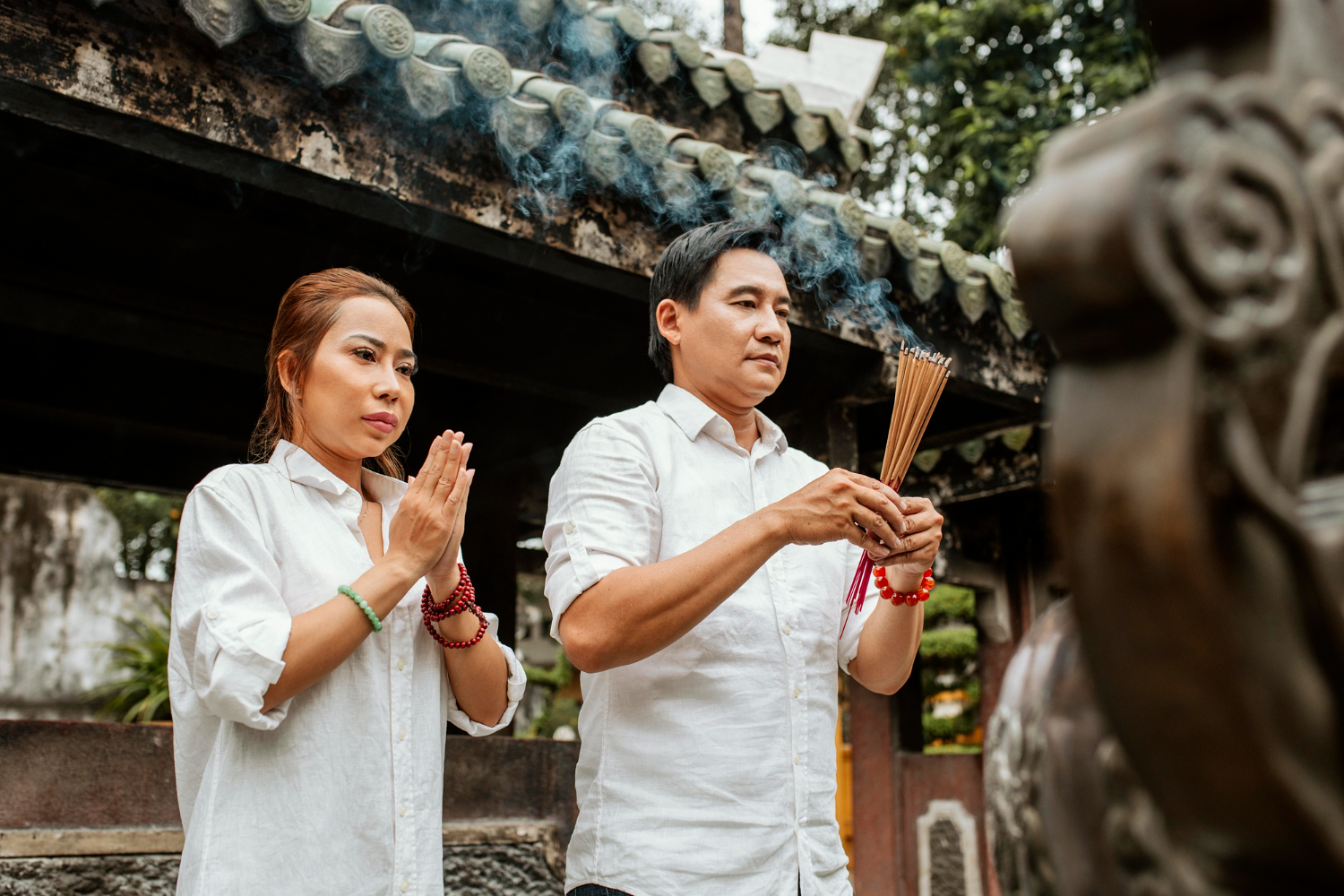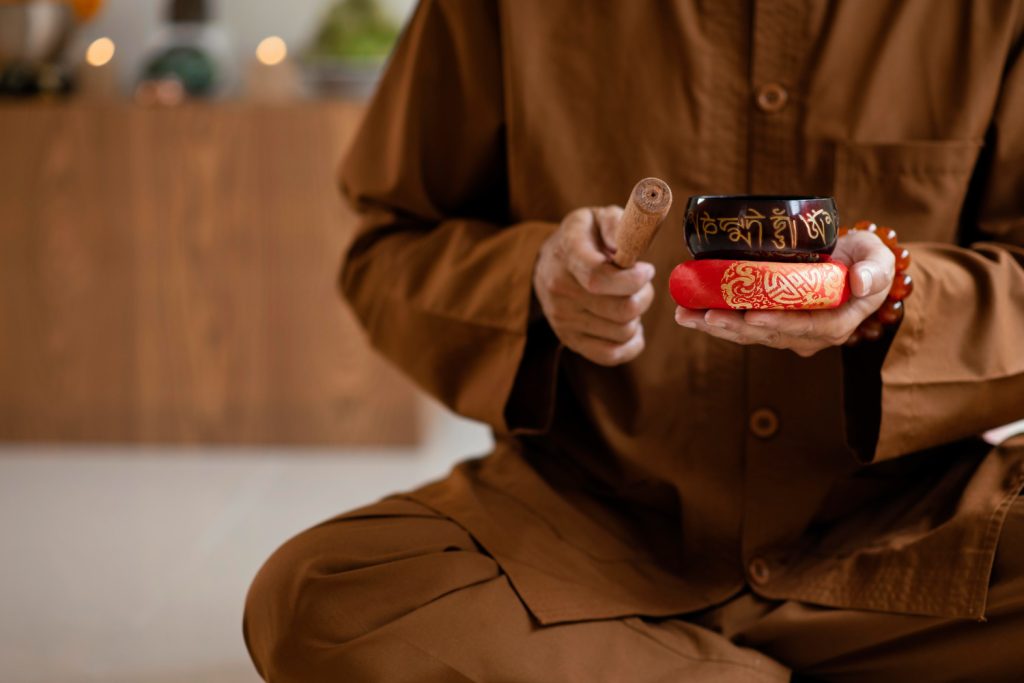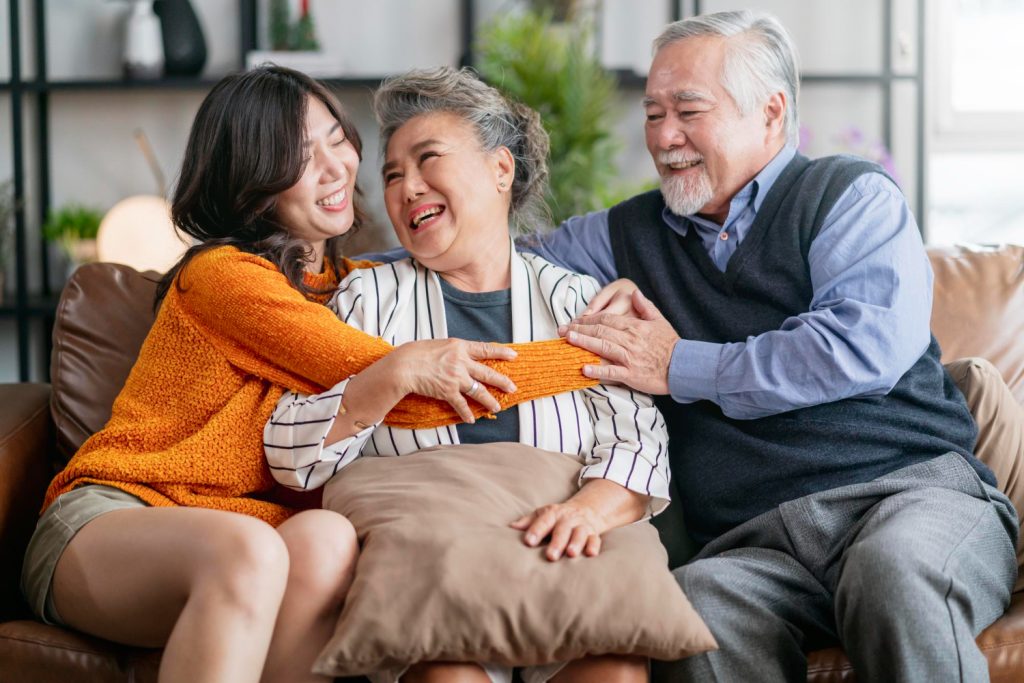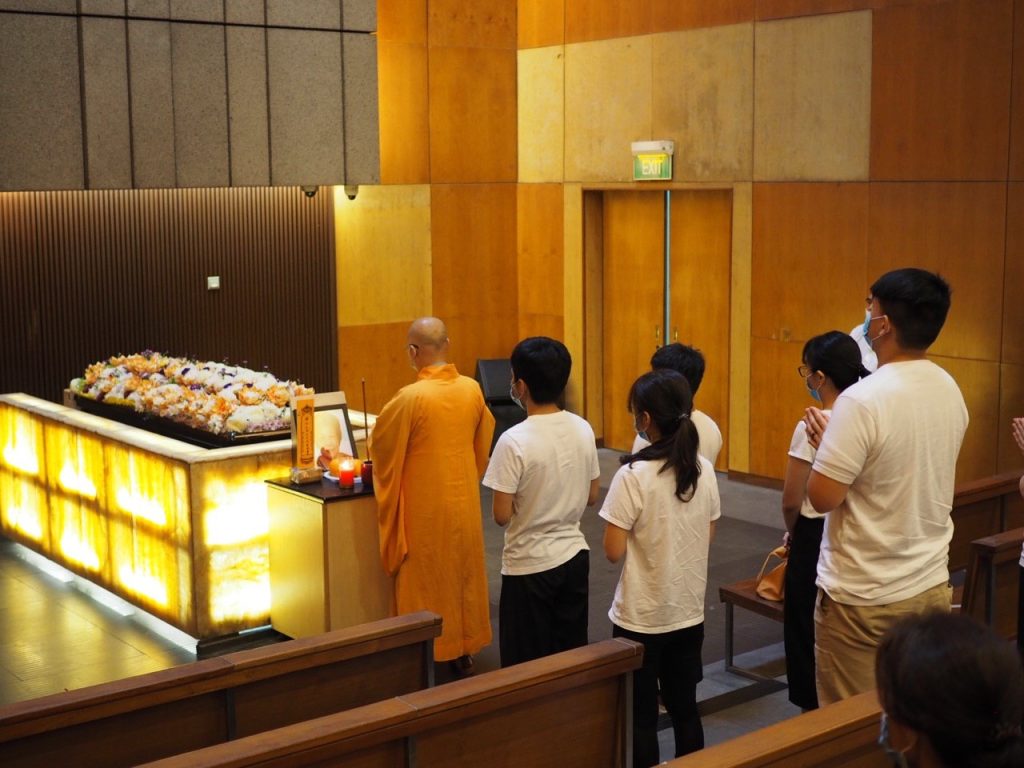
In Singapore, where diverse cultures blend seamlessly, understanding the traditions of our neighbors enriches our community ties. One such tradition, deeply rooted in the Buddhist faith, is the observance of the 100th day following a funeral. For many Singaporean Buddhists, this day is more than a ritual; it’s a poignant reminder of life’s impermanence and a step towards healing after loss.
The 100-day mark is a significant milestone in the journey of mourning and remembrance. This period, observed across various Buddhist cultures, including those in our multicultural Singapore, provides a time for families to reflect on the life of their loved one and find peace in their departure. In this article, we delve into what makes the 100th day after a Buddhist funeral a vital part of the grieving process, sharing insights and practices that resonate with many Singaporeans.
By understanding these practices, we not only pay respect to our Buddhist friends and neighbors but also discover the universal themes of love, loss, and renewal that touch all our lives. So, whether you’re directly involved in such a ritual or are simply curious about the customs of your fellow Singaporeans, join us on this journey of understanding and compassion.
In Buddhism, the journey of life and death is viewed as a continuous cycle, and the period after passing away holds great significance. The 100th day after a Buddhist funeral is not just a marker of time; it’s a profound moment of reflection and spiritual significance.
This number, 100, is more than just a figure in Buddhism. It symbolizes completeness and a full cycle, representing a significant phase in the transition of the spirit. It’s believed that during these 100 days, the soul undergoes a journey, preparing for rebirth in the next life. This period is crucial for the deceased’s soul to find peace and for the family to reflect on the teachings of impermanence and life’s transient nature.
In Singapore, where Buddhism is practiced with a blend of traditions from Chinese, Thai, and other Asian cultures, this day is observed with deep respect and mindfulness. It’s a time when families come together, not just in remembrance of the person who has passed but also to reinforce their own understanding of life, death, and the impermanence of all things.

As we reach the 100th day after a Buddhist funeral in Singapore, families and communities come together to observe rituals that are as meaningful as they are diverse. These practices, while varying across different Buddhist traditions, share a common goal: to aid the departed soul on its journey and to offer solace to those left behind.
One of the most common rituals is a memorial service. Held either at home, in a temple, or at a chosen sacred place, this service often includes chanting of sutras or scriptures, led by monks or family members. The chanting is believed to generate positive energy, aiding the deceased’s soul in finding peace and moving towards rebirth. It’s also a time for the family to gather in solidarity, offering prayers and reflecting on the life of their loved one.
Offerings play a crucial role in these services. In many Singaporean Buddhist families, offerings of food, incense, and sometimes even symbolic paper money are made. These offerings are not just tokens of respect; they represent the family’s wishes for the deceased to have all they need in their next life. The act of offering is also a way for family members to cultivate generosity and let go of material attachments, key tenets of Buddhist teachings.
Another practice seen in some traditions, particularly within the Chinese Buddhist community, is the release of animals, like birds or fish. This act, known as ‘fang sheng’, symbolizes the liberation of the soul and the giving of freedom, mirroring the release of attachments and the wish for rebirth in better realms.
Every gesture, chant, and offering during these rituals is imbued with deep meaning, reflecting the Buddhist view of life, death, and the interconnectedness of all beings. As the rituals draw to a close, families often feel a sense of peace, having done their part to assist their loved ones on their spiritual journey.
In Singapore, where Buddhist practices are often intertwined with local customs, the process of mourning is both a personal journey and a community experience. Buddhism offers a unique perspective on grief, emphasizing acceptance and mindfulness.
Rituals as a Path to Healing: The various rituals observed during the 100-day period, such as chanting, making offerings, and participating in memorial services, are not just about honoring the deceased. They are also for the living, providing a structured way to process grief and express emotions. These rituals offer a way for mourners to actively engage with their grief, finding comfort in the familiar patterns and the community’s shared beliefs.

As we explore these aspects of mourning in Buddhism, it becomes evident that this period is as much about understanding and accepting the nature of life as it is about remembering the departed. The teachings and practices provide a compassionate framework for dealing with loss, making the process a transformative experience.
In Singapore’s Buddhist communities, the relationship with a loved one doesn’t end with their passing. The 100th day after a funeral marks an important milestone, but the influence of the deceased continues to resonate in the lives of those they’ve left behind.

In this continued influence lies a deep sense of continuity and comfort for those grieving. The understanding that their loved ones still play a role in their lives, albeit in a different form, is a source of strength and peace.
In the diverse cultural tapestry of Singapore, life after the 100th day following a Buddhist funeral brings a gradual shift in the grieving process. This period marks a turning point, where families begin to move forward, carrying with them the legacy of their loved ones.

As families in Singapore move beyond the 100-day mark, they carry forward the legacy and teachings of their loved ones. The journey ahead is one of healing, remembrance, and an ongoing connection that transcends physical presence.
As we come to the end of our exploration of the 100 days following a Buddhist funeral in Singapore, we find a journey that is deeply rooted in cultural, personal, and spiritual dimensions. This period, rich in rituals and practices, offers a unique perspective on handling grief, honoring the deceased, and understanding the cycle of life and death.
The significance of the 100th day is much more than a cultural observance; it’s a poignant reminder of life’s impermanence and the continuous cycle of birth, death, and rebirth that lies at the heart of Buddhist teachings. The rituals and practices observed during this time are not only acts of remembrance but also steps in a path toward healing and acceptance.
From the communal support in mourning to the personal journey of reflection and growth, this period encapsulates the Buddhist approach to life’s most profound experiences. It encourages those grieving to find solace in the belief that their loved ones continue to influence and guide them, even in their physical absence.
Moreover, the transition into life after these 100 days signifies not an end, but a continuation of the journey – one that carries the essence of the loved ones in the hearts and actions of the living. This ongoing influence and the annual rituals that follow keep the memory and teachings of the deceased alive, weaving them into the fabric of everyday life.
As we conclude, it’s clear that the 100-day period following a Buddhist funeral is much more than a traditional observance; it is a testament to the resilience of the human spirit, the comfort of community, and the enduring bond between those who have left and those who remain. In this journey of mourning and remembrance, there lies a profound lesson on the value of life, the inevitability of change, and the power of enduring connections.
